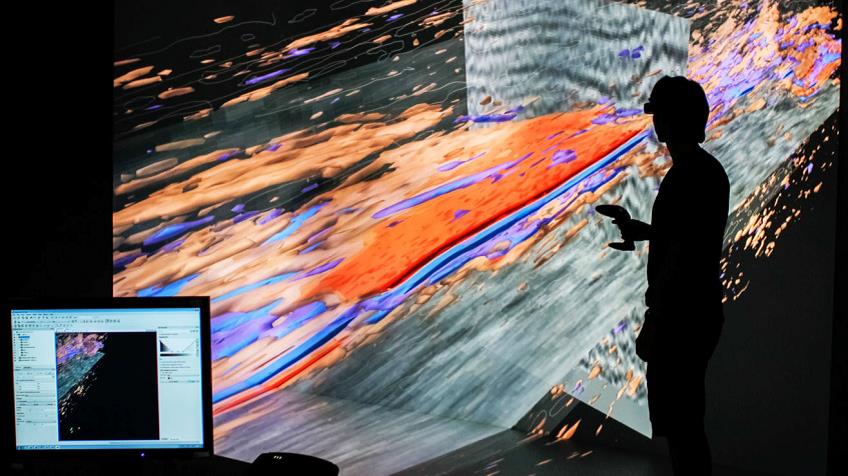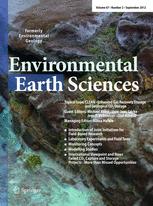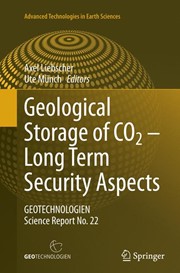Geological CO2 Storage

Short project description:
From 2008 till 2014, the department performed research for several joint projects addressing geological CO2 storage:
- CO2 large-scale enhanced gas recovery in the Altmark natural gas field – CLEAN; Subproject: Numerical simulation of coupled thermos-hydro-mechanical-chemical (THM/C) processes
- Modelling and Parameterisation of CO2 storage in deep, saliniferous formations for receptor oriented risk analyses and intervention strategies during injection phase and post-operational monitoring phase – CO2-MoPa; Subproject: Numerical simulation of geomechanical processes during CO2 injection and storage
- Continuation of research and development work for CO2 storage at Ketzin pilot site – CO2MAN
- Prediction of deformation to ensure carbon traps – PROTECT; Subproject: Benchmarking and code comparison (CO2BENCH)
The geological CO2 storage is one of the worldwide discussed options (in terms of a transition technology) contributing to the reduction of greenhouse gas emissions into the atmosphere. Within this context, the modelling and simulation of injection and migration of the CO2 in the underground is of outstanding importance for the understanding of various physical and chemical processes that can be observed for different time and length scales, and for the assessment of efficiency and safety of the selected formations. Thus, for a risk assessment of a storage site as well as prognosis of its long-term development, a characterisation of the dynamic behaviour of the storage formation is required using appropriate and validated numerical simulators. Prerequisite for this was a validated static geological model and accurate results of the geophysical and geochemical monitoring which data was used as input parameters and allowed the verification of the simulation results.
Aim of the contributions of the department to the above mentioned projects was the numerical simulation of the coupled thermal, hydrogeological, geomechanical and geochemical processes in the near-field of injection wells and at the reservoir scale, which are typical for the behaviour of several types of geological formations like nearly depleted gas fields or deep saliniferous aquifers. The development of specific models as well as their integration into simulators was of special interest for the assessment of the considered reservoir types, respectively, in terms of efficiency and formation safety. The developed models have been implemented into the scientific open-source software project OpenGeoSys. Models as well as software components have been validated on benchmarks, and selected real process simulations have been performed for the considered sites. The project results can be used for assessment and long-term prediction of the behaviour of potential storage sites by research institutions, companies as well as public approving authorities. Specific results of the above mentioned projects show that:
- a meaningful combination of geochemical and geophysical monitoring techniques is able to detect even small amounts of CO2 and to mirror its spatial distribution,
- numerical simulations are able to predict timely and spatial behaviour of injected CO2 and to provide prognosis on the long-term behaviour of storage formations, and
- a transparent and factual information policy can establish a wide public acceptance for research activities for geological CO2 storage.
Funding organisation: BMBF has funded all the aforementioned projects

At the UFZ, research for this project was also conducted at the Department Monitoring and Exploration Technologies.
At the Department of Environmental Informatics, research for this project was being conducted at the workgroup Geothermal Systems Analysis.
Project website: not available
This research was also part of the OpenGeoSys initiative (http://www.opengeosys.org/).
Final report of the UFZ (CLEAN): https://www.tib.eu/de/suchen/id/TIBKAT%3A715015559
Final report of the UFZ (CO2-MoPa): https://www.tib.eu/de/suchen/id/TIBKAT%3A730119734
Final report of the consortium (CO2MAN): https://www.tib.eu/de/suchen/id/TIBKAT%3A802555004
Final report of the consortium (PROTECT): https://www.tib.eu/de/suchen/id/TIBKAT%3A861268164


